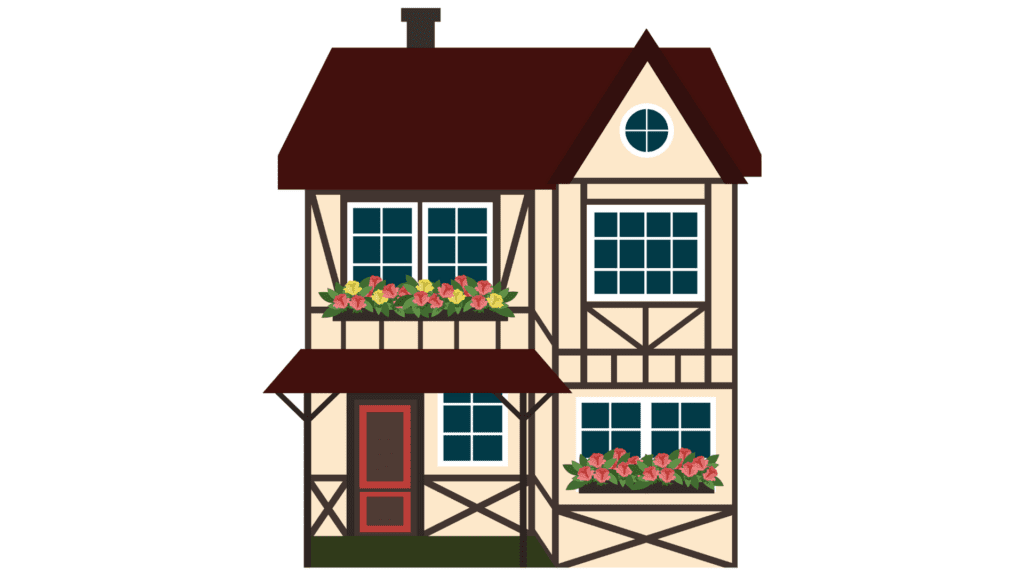Why AS 1684 Compliance Matters for Residential Building

When starting on a residential construction project, it’s easy to focus on aesthetics, layout, and materials. However, behind the scenes, adherence to building codes and standards is unavoidable to keep your home safe, durable, and legal.
One standard is AS 1684, the Australian Timber Framing Code. This guide outlines why AS 1684 compliance is a cornerstone for residential builds in Australia and what it means for homeowners, builders, and designers.
What is AS 1684?
AS 1684 is a comprehensive set of guidelines governing the design and construction of timber-framed residential buildings. It is specifically tailored for Australian conditions, accounting for climate, soil type, and wind regions. The standard includes specifications for:
- Timber selection.
- Structural integrity.
- Connection methods.
- Load-bearing capacities.
By adhering to AS 1684, builders ensure that homes are structurally sound and tailored to withstand their location’s unique environmental challenges.
Structural Integrity
Compliance with AS 1684 guarantees the structural stability of your home. While popular for their cost-effectiveness and sustainability, timber-framed buildings require precise engineering to handle loads and stresses. Adherence to this standard ensures:
- Load-bearing capacity: Timber is appropriately selected and installed to handle roof, wall, and floor loads.
- Safety in high-wind areas: Guidelines for bracing and tie-downs protect homes in cyclone-prone or windy regions.
- Durability: Using correctly treated timber reduces the risk of decay, termites, and other structural issues.
Compliance Reduces Risk
Building to AS 1684 standards mitigates risks of structural failure, which can result in costly repairs or legal disputes. Compliance offers homeowners peace of mind knowing their home meets stringent safety and quality benchmarks. For builders and designers, it minimizes liabilities and ensures projects pass council inspections without delays.
Adaptability to Australian Conditions
One of AS 1684’s strengths is its adaptability to Australia’s diverse environments. Whether you’re building in a cyclone-prone area in Northern Queensland or a colder climate in Tasmania, the standard provides region-specific guidelines. This adaptability ensures your home is resilient to local weather conditions and complies with council requirements.
Environmental and Economic Benefits
Compliance with AS 1684 extends beyond safety; it also supports sustainability. The standard encourages the use of responsibly sourced timber, promoting environmental conservation. Additionally, a well-built, code-compliant home reduces maintenance and repair costs over time, offering long-term savings for homeowners.
Legal and Insurance Requirements

In many cases, adherence to AS 1684 is not just recommended—it’s legally required. Non-compliance can lead to:
- Fines or penalties.
- Delays in project approvals.
- Challenges in securing home insurance.
Meeting the standard simplifies interactions with local councils and insurance providers, streamlining the construction process.
Conclusion
AS 1684 compliance is more than a technicality; it’s a fundamental element of safe, durable, and legally sound residential construction. For homeowners, it means investing in a home that’s built to last. For builders and designers, it ensures professional credibility and smoother project execution. Whether you’re planning a new build or renovation, make AS 1684 compliance a priority to safeguard your investment and future-proof your home.






